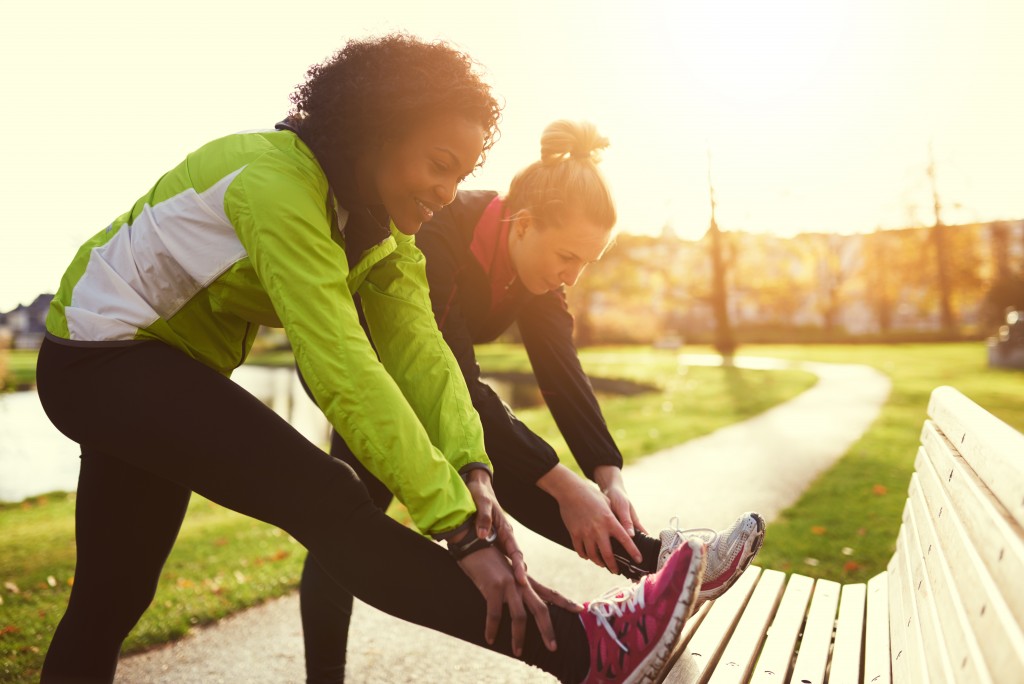If you’re an active person who is looking to challenge yourself in swimming, biking, and running, then going on a triathlon is the perfect activity to take on. More than just a competition, this type of race is more about personal goals. For one, triathlons offer physical health benefits, from losing weight, strengthening your core, to reducing risks of different illnesses and diseases.
Other notable benefits of going on a triathlon include becoming more mentally resilient in managing stress, building rock-solid confidence, and improving mood and motivation. If you are interested in trying out a triathlon, here are some tips on how you can prepare for it:
-
Pick your race
After confirming your health status, it’s not time to find the appropriate triathlon race you should go to. It’s best if you can start with a local race. Most of these events have their own websites containing all the information regarding the race. If you are not confident with your swimming ability, it’s best to choose a triathlon that does not include ocean swims.
Find one that begins in a swimming pool. Currents and waves can be tough and unsafe for new swimmers. Don’t risk it. You should not also choose races including bike routes on steep mountain passes. Don’t forget to also consider the maximum time you are allowed to complete the race. Ideally, a sprint triathlon should at least give out a cut-off of two and a half hours.
-
Create a training plan
For a fit person who runs and workout several times a week, six to eight weeks of preparation for the race is quite enough. However, if you are barely an active person, it is ideal to train for at least three months or longer. A training plan should highly personalized though. But just to give you an idea, you should begin your training with cardiovascular exercises at least twice a week for the first four weeks.
This is ideal if you’re a regular gym-goer and need to build your base. But generally speaking, experts recommend doing two swims, bikes, and runs every week if you’re a beginner triathlete. Just make sure to not cram your training plan with too many exercises. Your body needs at least a day per week to recover from the workout.
Nonetheless, it is highly recommended to first go through a medical checkup to craft a more accurate training plan. This is also a great way to detect deteriorated joints or other health issues that could affect your performance. For instance, if you are suffering from osteoarthritis or previous sports injuries, it’s likely that you first need to go through an effective treatment for arthritis or joint pains before you could start training. Or, restrict you from doing certain activities or exercises that could worsen it.

-
Search for companionship
Training by yourself can sometimes lead to lower motivation and determination as you don’t have someone to push your harder. This is exactly why having companionship is a great idea. The problem is, asking a friend or relative to go to a triathlon with you can be impossible. In this case, you can just opt to find a local cycling group that follows a no-drop, which means getting everyone home safely is their priority.
You can also consider joining a swimming class to better improve your swimming skills and prepare you for future open water swim. Want to perfect your stroke? Find community pools or YMCAs that offer master’s programs. The last one is a running club. Most of these clubs have friendly members that have a sweeper who accompanies slow runners, ensuring everyone’s safety.
-
Get equipped
Last but not least, you need to find the right gear for you and the race as well. For your swim, find an athletic suit to prevent drag. Apart from the common tri suits, you can consider getting a wetsuit instead, especially if the water is expected to be cold or you’re not yet highly trained for swimming. For biking, any type of bike is generally accepted for a first triathlon. Other biking gear to get includes helmets and regular sneakers or cycling shoes. A decent pair of sneakers may also do for the running race of the triathlon. Don’t forget to also bring nutrition and hydration during the race through a fuel belt.
Trying out a race like triathlons for the first time is definitely a memorable adventure for you. You get to have stronger physical and mental health, less risk of injuries, better multidisciplinary skills, and a chance to inspire others to challenge themselves aim for better health. Complete your first triathlon in a safe and fun way by following these tips.

